Origins
The Tolfetano Horse comes from the mountainous town in Tolfa in the north of the Rome province. They are a strain of the original Maremmano breed, their genetics different due to an infusion of English Thoroughbred.
Read more
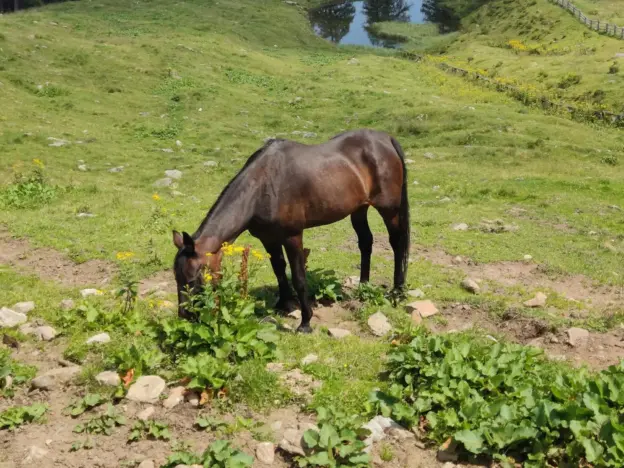
The Tolfetano Horse comes from the mountainous town in Tolfa in the north of the Rome province. They are a strain of the original Maremmano breed, their genetics different due to an infusion of English Thoroughbred.
Read more
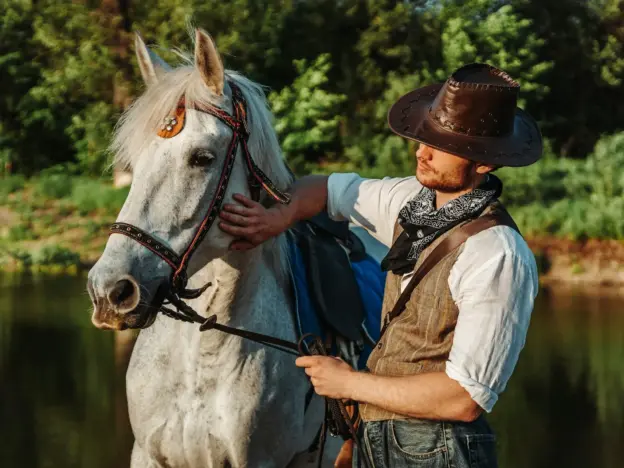
Also called the Tersky and Terskaya the Tersk is a relatively new breed developed in Russia in the early 20th century.
Read more
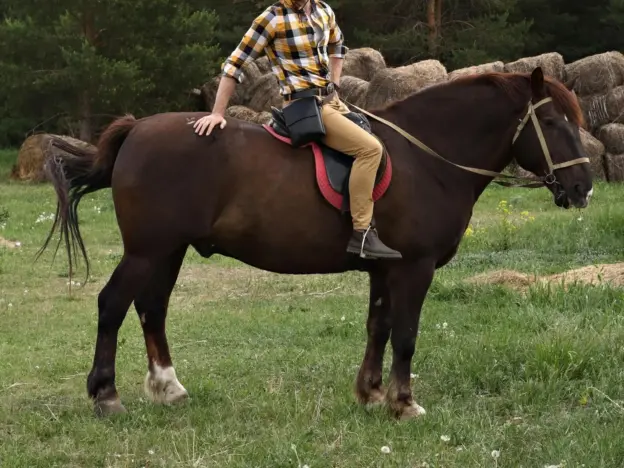
Also called the Tavdinka and Tavdinskaya, the Tavda is a forest type draft breed that comes from northern Russia and is considered a rather natural breed as their development has had very little human intervention.
Read more
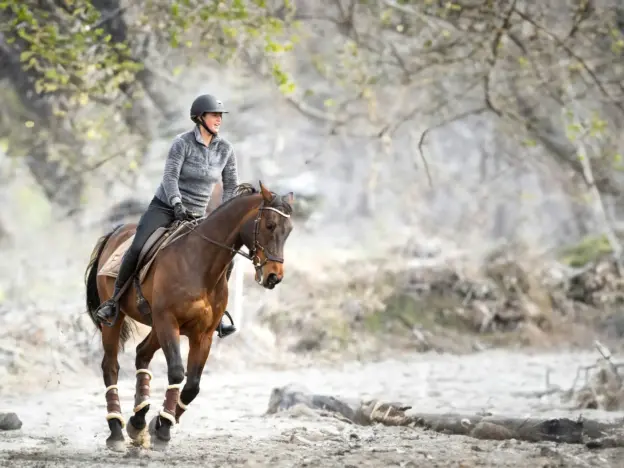
Horse breeding in Sweden has been a long and rocky road. Their position so far north makes much of the country an impossible place to nurture the equine animal. The the remaining southern portion took a long while to catch on to selective breeding practices.
Read more
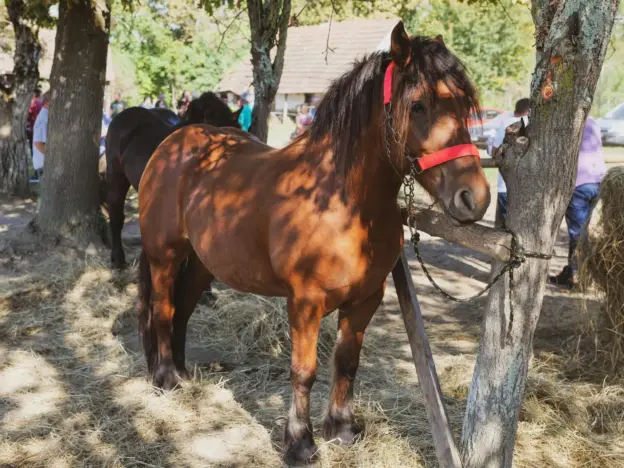
Also called Croatian Hladnokrvnjak, Hrvatski Hladnokrvnjak and Croatian Coldblood, the Hladnokrvnjak comes from the northwest and are fairly common in Croatia.
Read more
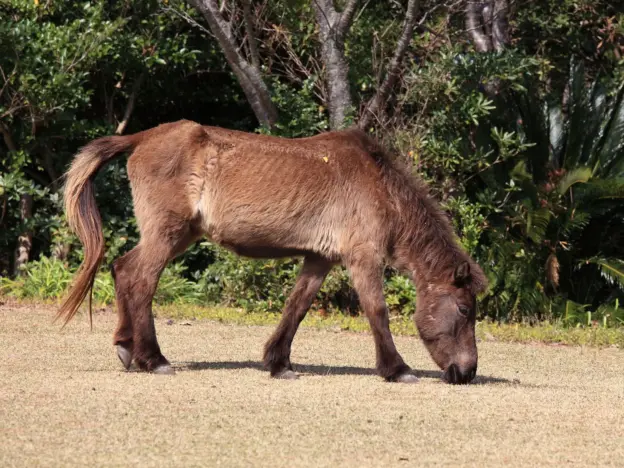
Also called the Tokara Kyusu, Kagoshima, Kuyshu and Miyazki the Tokara pony comes from the Tokara Islands in Japan.
Read more

The Skyros Pony comes from Greece and is the smallest of the Greek Pony breeds. Although they are small in stature, they display more miniature horse like characteristics rather than those typical of pony breeds.
Read more
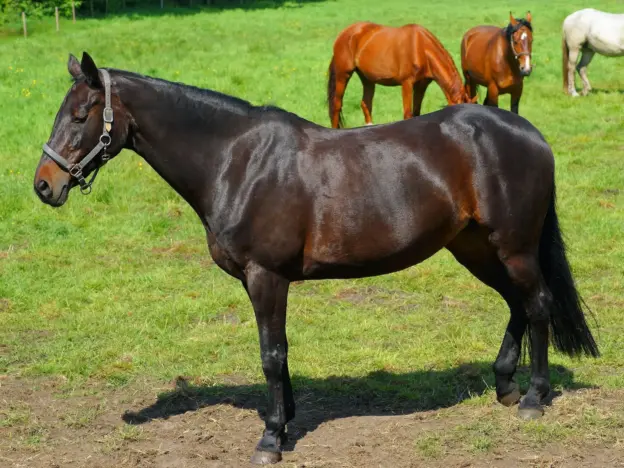
The Senne or Senner Horse comes from the heath area of Senne in Germany and comes from indigenous warmblood animals (which are now extinct) crossed with Arabians, Thoroughbreds and Spanish animals.
Read more
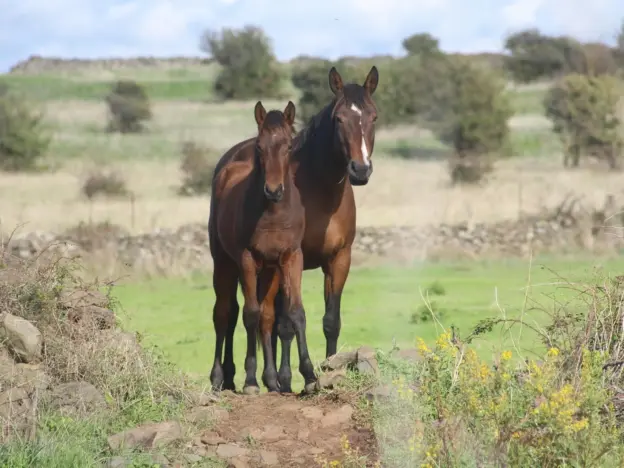
The Sardinian Horse comes from the island of Sardinia in Italy where there have been horses for century so their origins are essentially unknown.
Read more
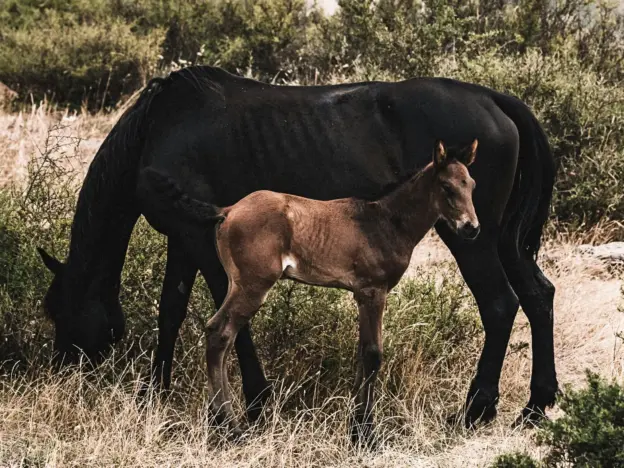
The San Fratello Horse, Cavallo Sanfratellano or Sanfratellani comes from San Fratello which sits at the foot of Nebrodi Mountains in eastern Sicily, Italy. They are the closet thing Sicily has to wild horses as a small herd roams Nebrodi Park.
Read more